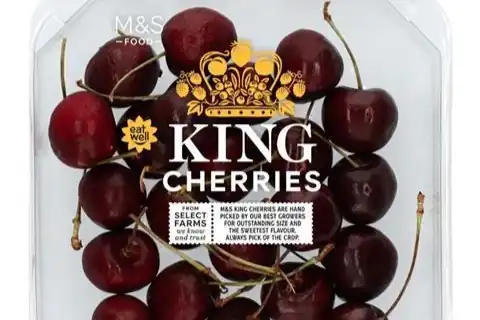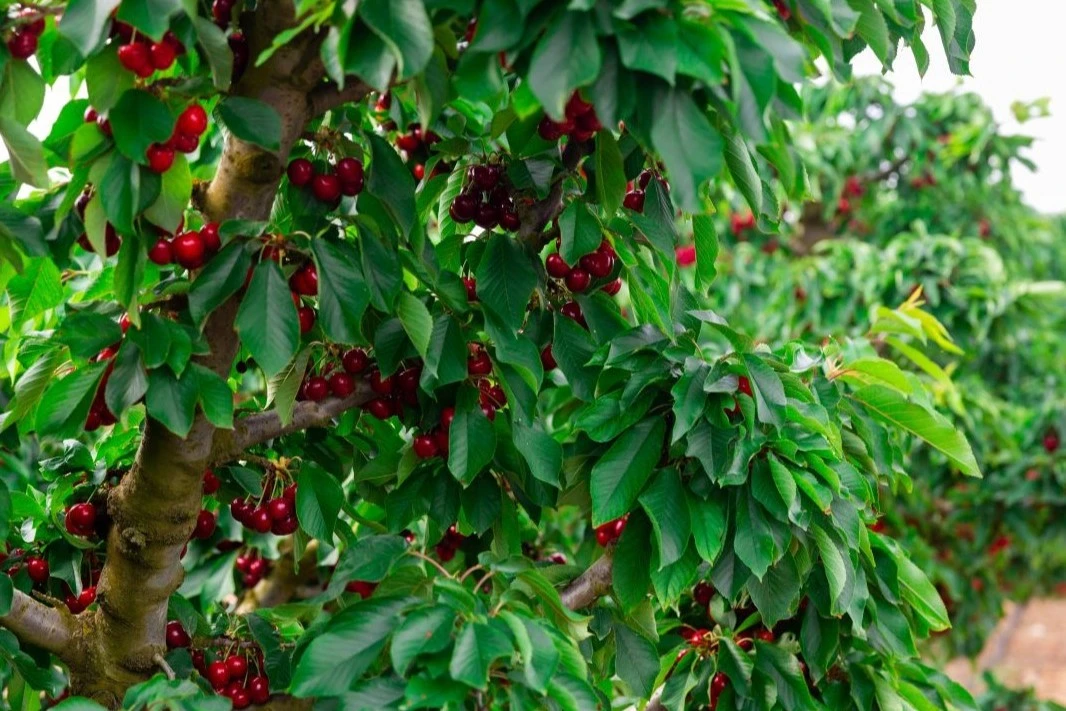Salvi Vivai, for over 50 years specialized in fruit trees production, is proud to share the interesting results obtained in recent years in the growing of new cherry varieties. Starting from our own cherry orchards, we have successfully tested different varieties of cherry, reaching significant numbers that speak for themselves: our new cultivars have shown good tolerance to cracking and excellent productivity.
Cherry Varieties and Results in France: We kept our promise!
Significant data have been obtained in intensive French cherry orchards using cherry trees produced by Salvi Vivai (some of them from the Sweet series and the Marysa variety, all coming from the research program of University of Bologna).
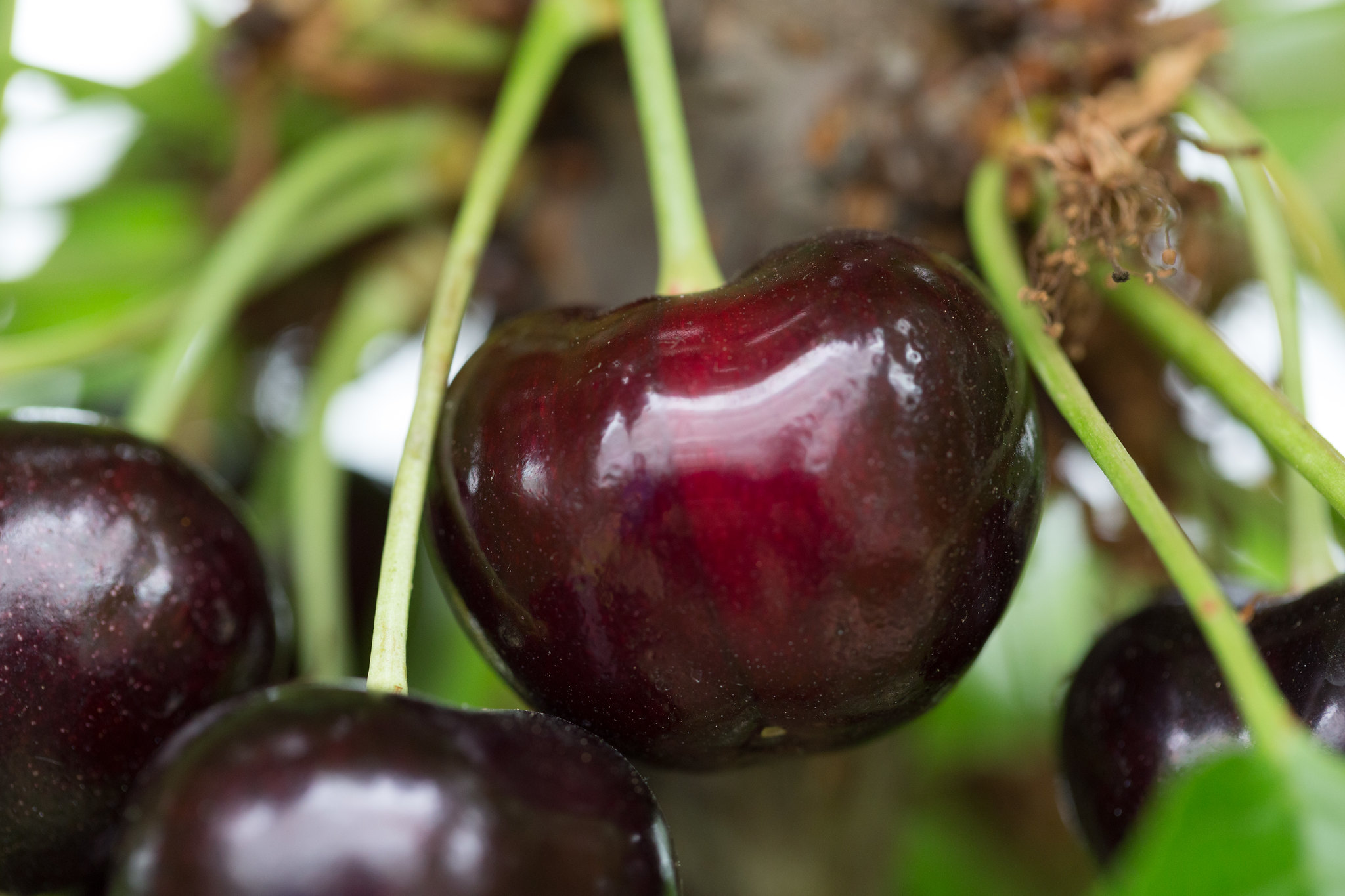 Image 1: Sweet Saretta.
Image 1: Sweet Saretta.
All the varieties have achieved very interesting levels of production: here below some results related to the orchards on Mont Ventoux (Provence) four years after planting:
- 'Marysa' showed a vigorous growth and a yield of 10.8 tonnes per hectare, with 82% of the fruits with size over 28 mm.
- 'Sweet Valina' produced high quality cherries with a yield of 8.7 tonnes per hectare, with 84% of the fruit with size over 28mm.
- The 'Sweet Saretta' variety recorded a production of 11.5 tonnes per hectare, with 96.5% of the fruits with size over 28 mm.
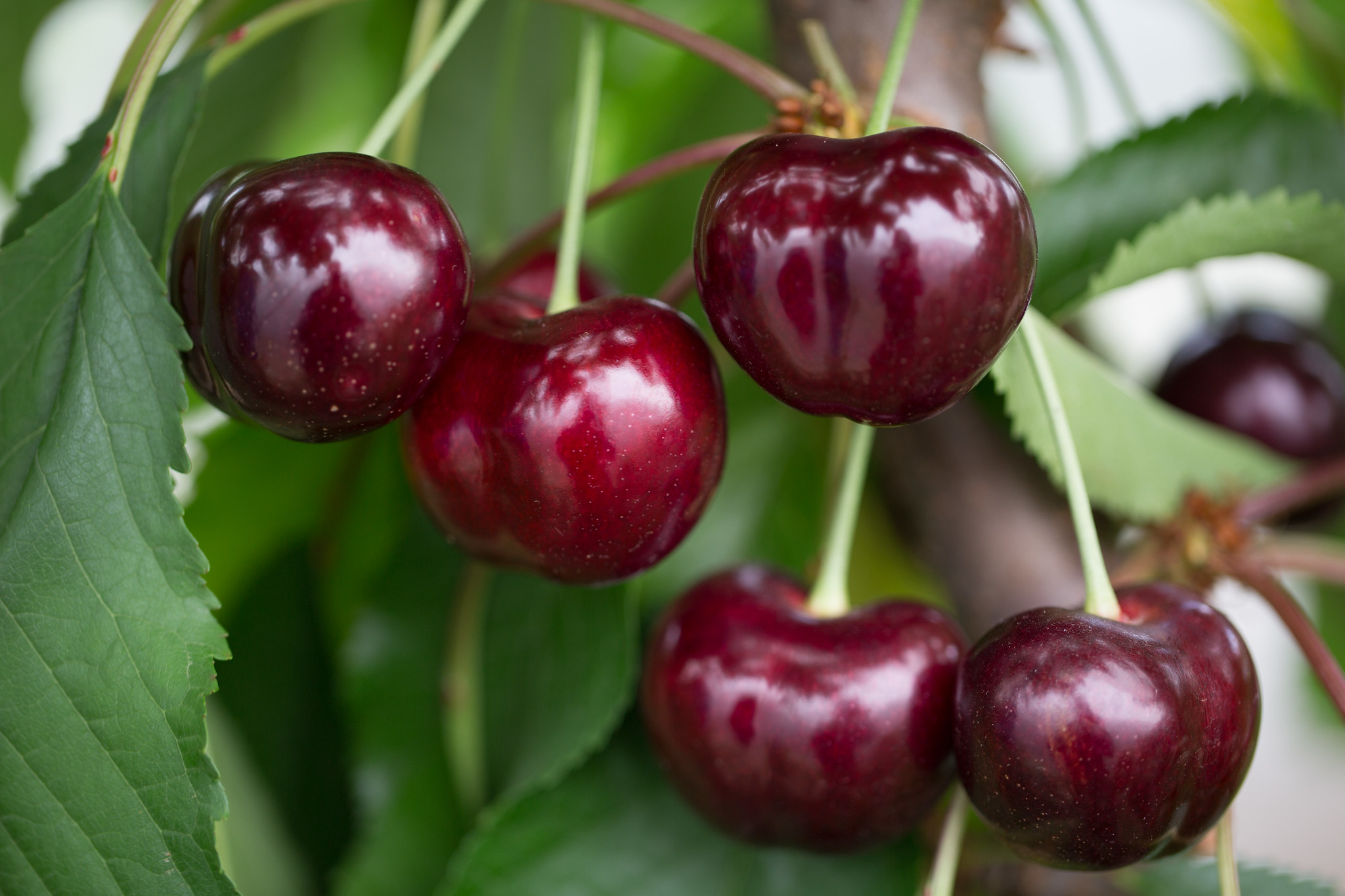 Image 2: Sweet Valina.
Image 2: Sweet Valina.
These data refer to a cherry orchard not yet in full production, nevertheless confirming a positive and correct trend to reach as early as possible a full production of 15 tonnes of product per hectare. In an extremely demanding and competitive market like France, producers affirm their full satisfaction with these varieties, praising their size, colour and productivity.
- Size: Fruits are larger than average, attracting consumer attention and improving sales.
- Colour: The new varieties produce cherries with intense and attractive foncé colours, a key factor for market success.
- Production: Thanks to these cultivars, a high quality and extremely interesting productivity are offered to the market.
Intensive and Semi-Intensive Plants: New Frontiers in Growing
We have achieved excellent results with intensive and semi-intensive cherry plantings in areas that, in the past, didn’t seem to be particularly suitable for this crop (like France!). Thanks to these new concepts, we have managed to overcome climatic and pedological challenges, guaranteeing high-quality and large-sized fruits.
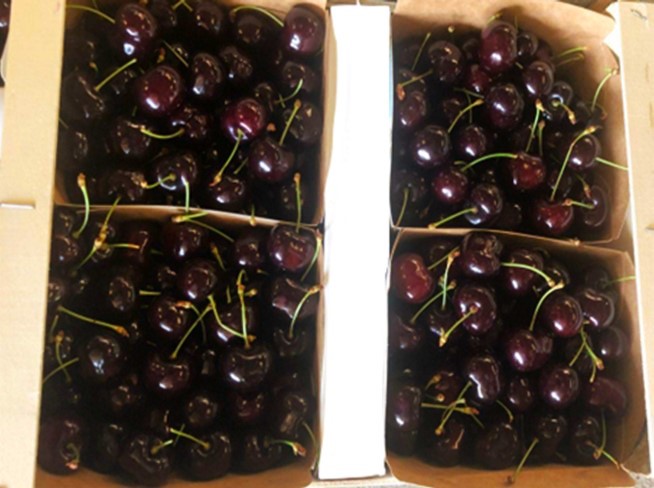 Image 3: Crop at Mont Ventoux.
Image 3: Crop at Mont Ventoux.
For more, contact Salvi Vivai
Source: Salvi Vivai
Images: Salvi Vivai
Cherry Times - All rights reserved







